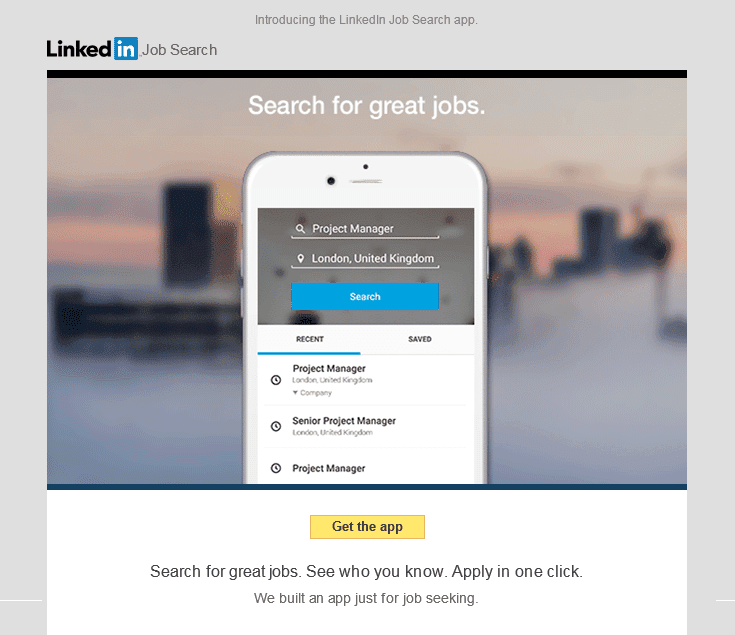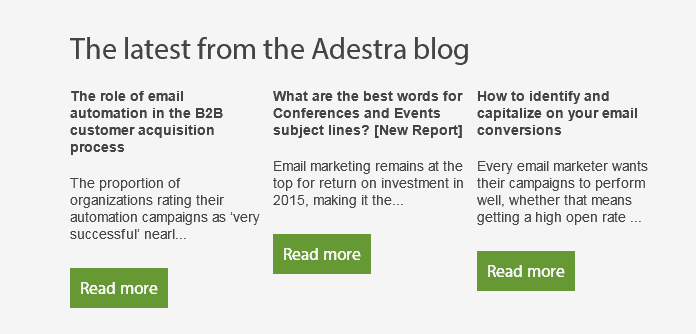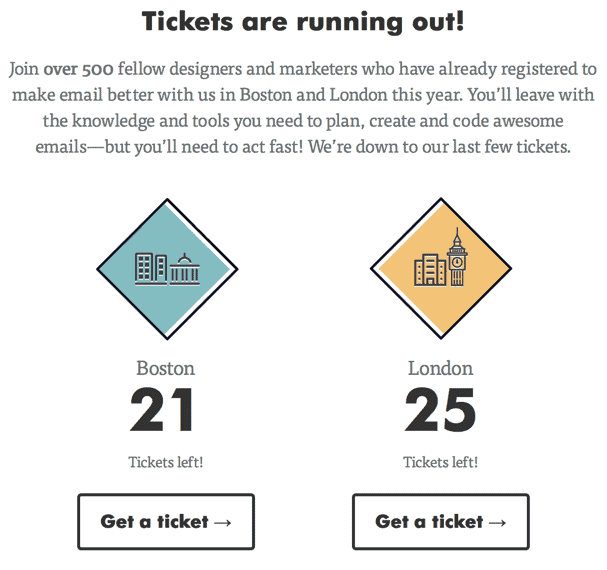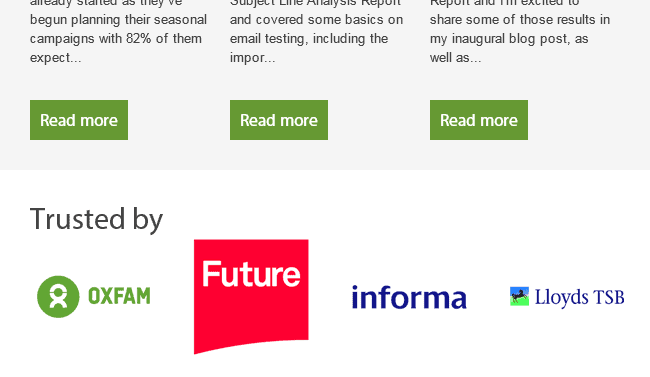As dynamic, real-time or contextual marketing gains more spotlight, marketers across industries wonder how they could use it for their benefit. However, a lot of the advice out there focuses on B2C industries like retail and publishing.
We decided to address this imbalance by compiling a list of ways in which B2B marketers could benefit from this technology too.
What is dynamic content?
Before we dive into the tips, it’s useful to establish just what we mean by dynamic content. In the case of email marketing, real-time, dynamic or contextual marketing refers to the use of automation technology to personalise the content of an email based on known and observed data.
Some examples of dynamic content types:
- based on location and weather
- time-based offers with a countdown, time of the day/week/month, feeds of recent content
- device-based to include specific offers like mobile app deep-linking, or embedded video content
- image personalization
Using dynamic content in B2B email marketing
To help you identify which uses would be of particular interest to you, we’ve devised a series of questions
1. Do you have a high number of mobile openers on your email list?
- embed video to present new products, features and client testimonials. Video is a much more engaging way of introducing subscribers to your company, so use it to your advantage. This can mean animations, explanations or recorded interviews and they can be set to automatically play when a subscriber opens the email, to capture their attention.
- deep-link to your mobile app. If you’ve invested in creating an app, you’ll get a lot more users if you promote it in your emails. Dynamic content can serve the receiver with relevant content linking to their native app store to encourage downloads, or lead subscribers straight to your app to try your newest feature.

2. Do you have to copy and paste content in your newsletters on a regular basis?
- use automatic RSS or XML feeds to pull in the most recent content, offering subscribers the most up-to-date information. In this example from our own newsletter, we’ve coded it to include the most recent blog posts and case studies on automation.

- use conditional content if there is something that remains constant for certain audiences, like including your company’s registered address in each country. You can create multiple variations and the technology will choose the right one at the time of opening, based on the data it has associated with a contact.
- use social feeds to promote the latest posts in your social channels and increase followers numbers and engagement.
3. Do you organize any events?
- use live maps to show your subscribers exactly where the event is, allowing them to get personalized directions using a service like Google Maps.
- use weather predictions to show subscribers the predicted weather forecast for the event location. This is particularly useful if you expect a lot on international attendees. Send the email a few days before so they know what to pack.
- use countdown timers to create excitement and urgency around the event; it will give many people a reason to book now, rather than later.
- use dynamic content to show exactly how many tickets are left. If you’re event is very popular, like the Litmus annual conference, chances are your tickets will sell out very quickly. Create urgency by showing a live count of available tickets.

4. Do you want to increase prospect conversions?
- use image personalization to make contextual content more relevant. If you have a white paper or report focusing on different industries like our Sectorised Email Industry Census, personalize the image to attract the attention of contacts in each particular industry. Set a default to the report cover to cover all bases in cases industry data is unavailable.
- use conditional content to serve content based on interest data you have on each contact. This can be stated data (i.e. they selected their preferences in a form), or observed data (i.e. they mostly click on content related to automation).
- use conditional content based on awareness level; if it’s their first newsletter, you might want to suggest your most popular reports first, so they can build thought leadership associations with you. If they’re a seasoned subscriber, look at the data to tell you what to send – perhaps they would be more interested in product brochures.
- personalize the email with the client logos based on the prospect’s industry to build credibility

There you have it! Now you have 13 ideas to get started and make the best of dynamic content in B2B email marketing.

